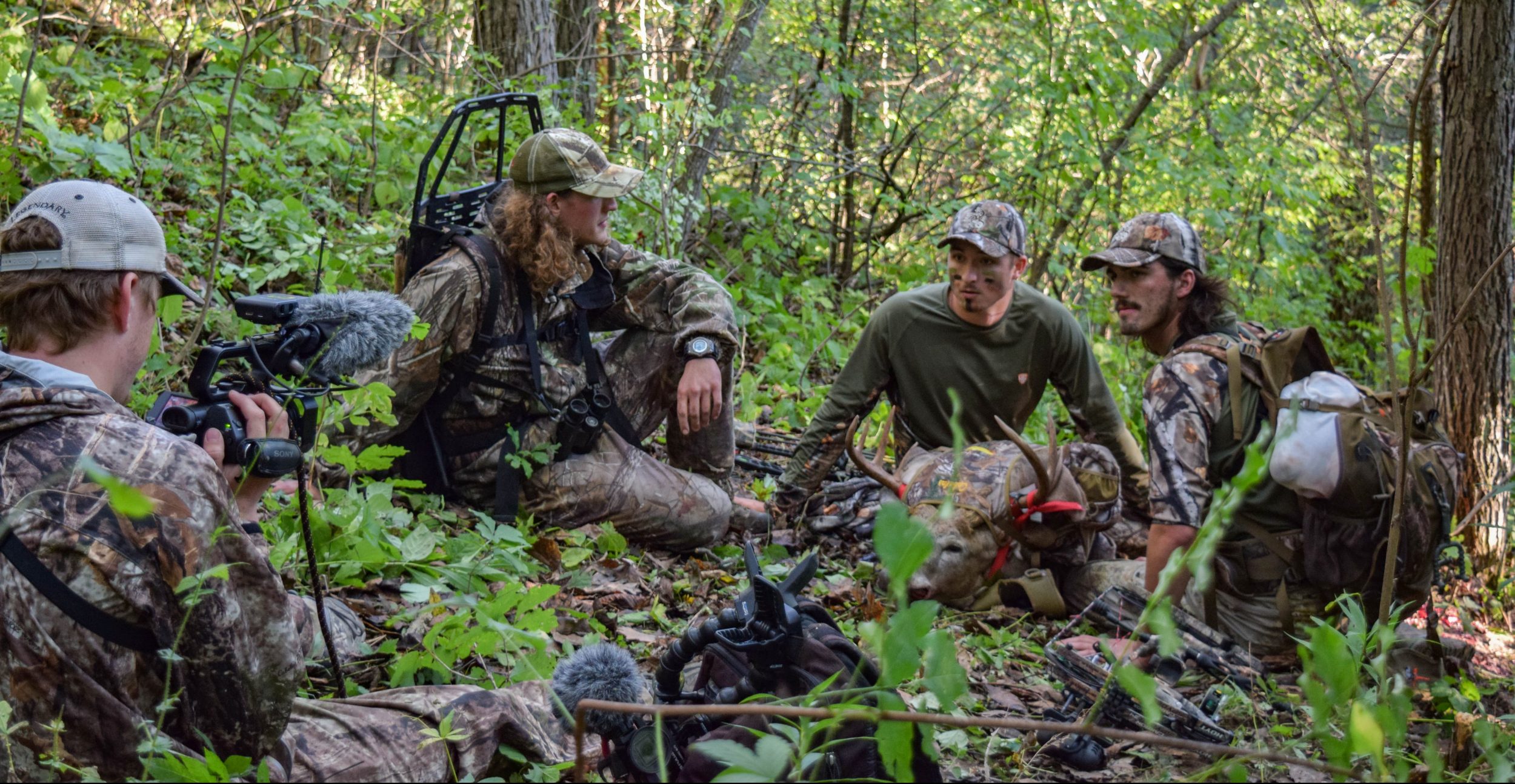The early part of October often times gets a bad rap when it comes to whitetail hunting. You’ve heard it time and time again, right? The dreaded October lull. But, what if the October lull is simply a misnomer and doesn’t actually exist? So often I see people simply use the “lull” as an excuse to not even hunt. Don’t let people tell you that you can’t take down mature bucks this time of year because that’s just simply not true. The thing about mature bucks this time of year is that they don’t move very much, and you may have to get a bit creative when pursuing them. Here are three keys that I think can make a difference as you go after mature bucks during this time of the year.
Don’t Hunt Like The Status Quo
So often, through talking to others and watching how people hunt, I see a lot of hunters that go to the same stand hunt after hunt and are surprised when results aren’t changing, especially if they hadn’t been successful from that particular stand in years prior. I can understand you not wanting to go in and get aggressive on a property right now that you consider one of your best properties late in the month or in early November, but this is a great time to check out new public pieces or other spots that you might not otherwise hunt. Don’t be afraid to get aggressive, maybe employ some new tactics such as still hunting through a bedding area or speed scouting until you find hot sign and then setting up. Pretty much what I’m getting at is that in order to get results to change this time of year, you probably need to be hunting in a different way. If you mess a spot up, move on to the next one and try it again.
Re-Find Bucks
Another thing that I’ve seen is people will often run trail cameras during the summer, get a bunch of photos of big bucks, and come mid-September to early October those bucks will disappear from camera. You continue to hunt as if they were showing up on cam like they were in the summer, but the results aren’t promising. After bucks shed their velvet, a lot of them are shifting their home ranges and their daily patterns are changing. This is a perfect time to shift your trail cameras, most often over scrapes or mock scrapes to re-find those bucks. Many times, a buck will shift his core home range slightly, and will still be moving in the same area, but maybe not in the same exact spots.
Scrapes are great tools to find bucks. Just as in the summer when a lot of people use mineral sites to locate bucks, I think of scrapes in a similar manner in October. Bucks are using scrapes as communication tools, and though a lot are hit during the cover of darkness, they are still great ways to simply locate a buck and find him back from the summer. Once you locate a buck through the use of scrapes, you can make a game plan on how to hunt him. When doing this, I’ve found it common to locate new bucks that you might want to go after as well.
Hunt Near Their Bed
A major reason that people like to think of this time of year as the October lull is because bucks aren’t moving very far during daylight. When you hunt field edges or far from bedding areas, odds are you won’t be seeing mature bucks. However, even though they aren’t moving far, mature bucks will still move somewhat in daylight. This almost always comes back to the first point I talked about with not hunting the status quo. Rather, getting close to where they are bedding is paramount this time of year.
A few weeks ago, I had the opportunity to hunt and share camp with The Hunting Public and it was interesting to see how they tried to figure out bucks this time of year. They immediately tried to figure out where bucks were bedding and then worked backwards from there. I think this can be a great tactic to shoot an early October buck. Try to figure out where a buck might be bedding first, and then reverse engineer the scenario. Once you pick that spot, then figure out what wind direction he’s probably bedding there, your access route, your parking spot, etc.
Conclusion
So often, hunters like to write off this time of year. Are mature bucks moving like crazy? Probably not. But you shouldn’t let that deter you from putting a plan together to try and put one on the ground. There are many ways to kill an early October buck, and by putting any of these tactics to use, you should be putting yourself in a better position to do so.







